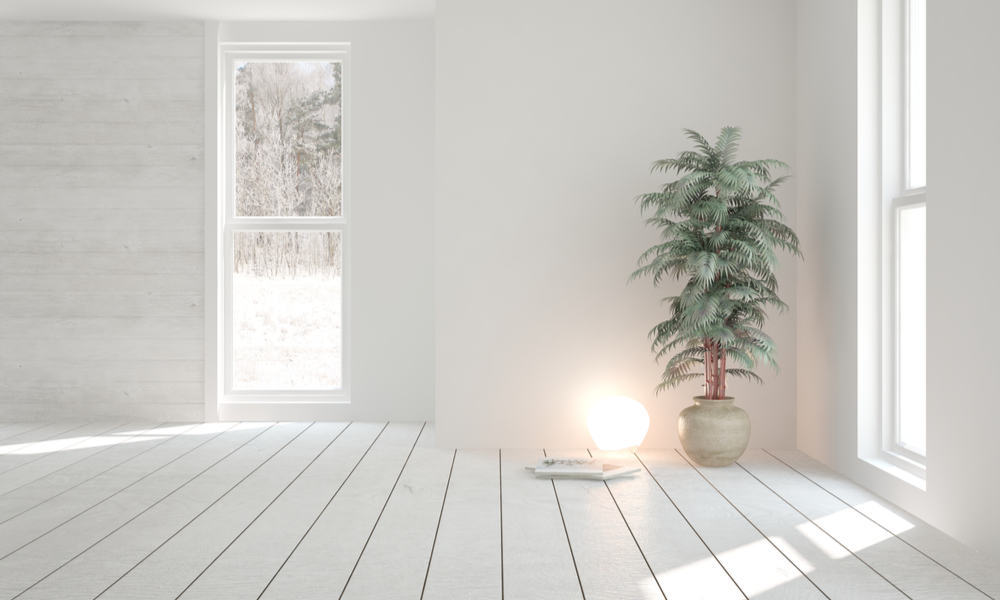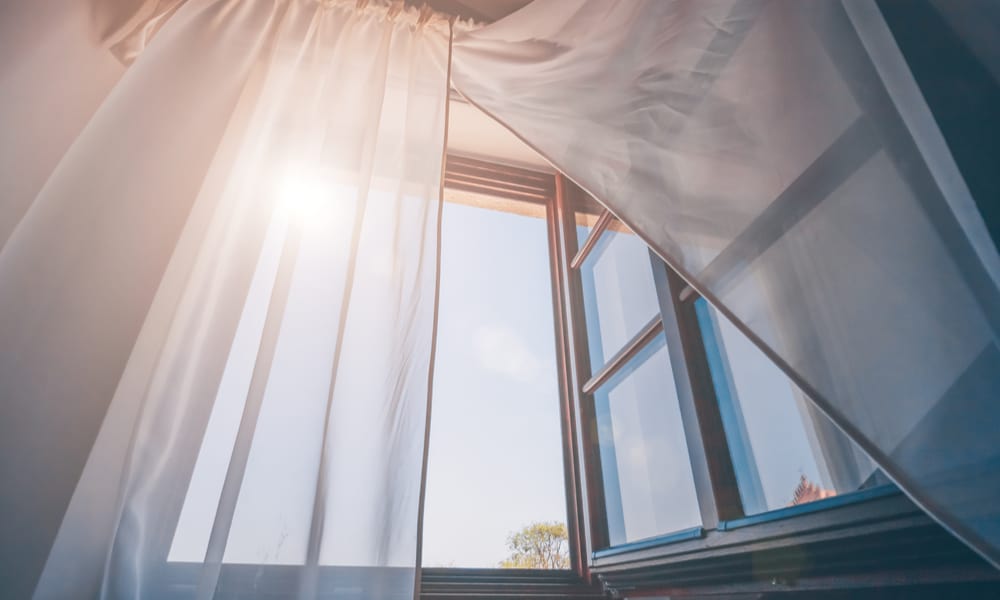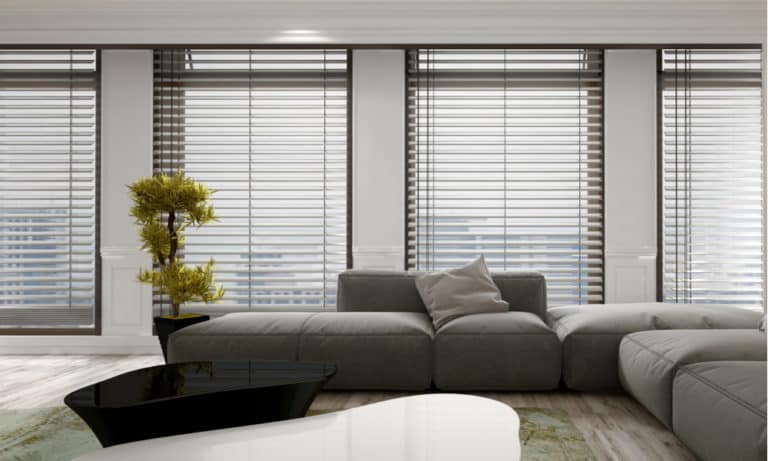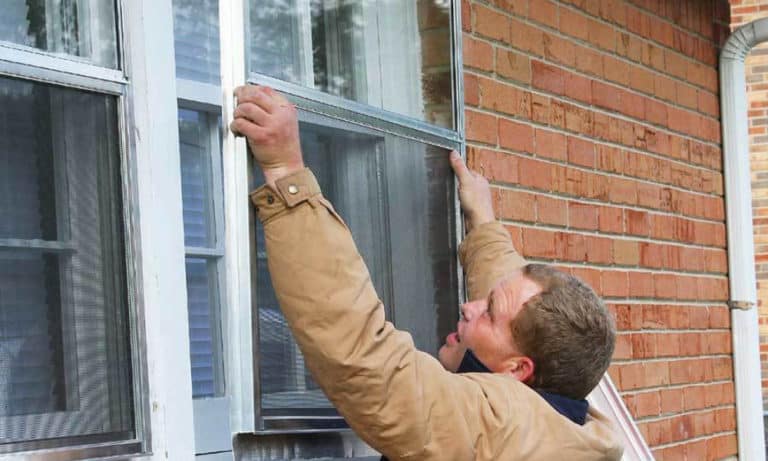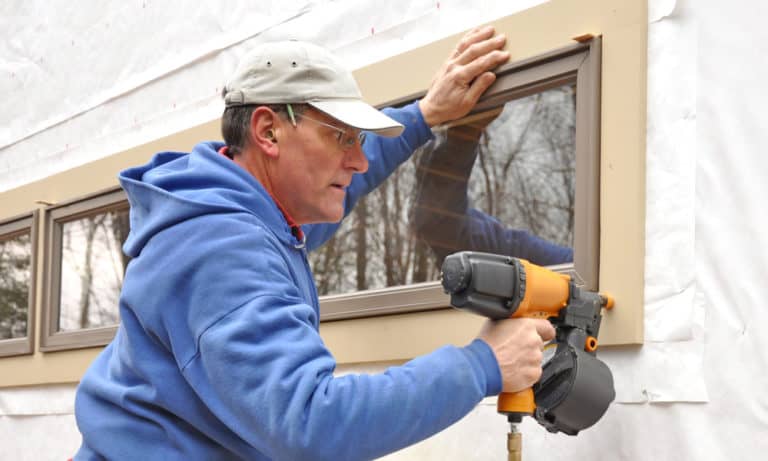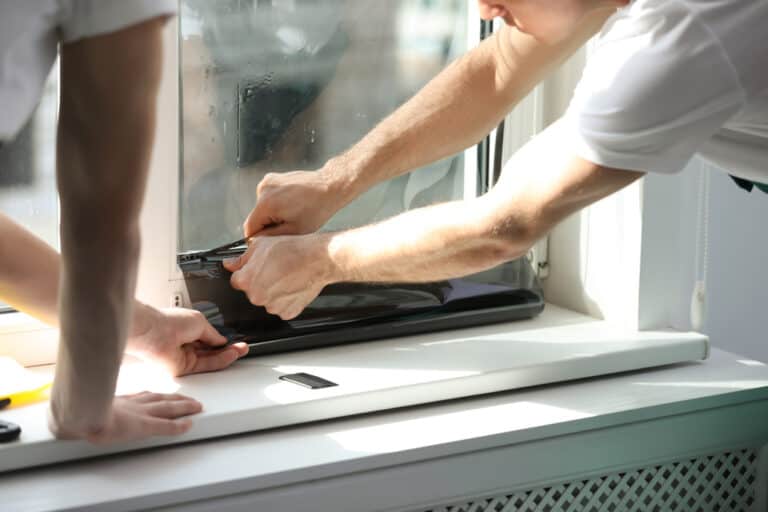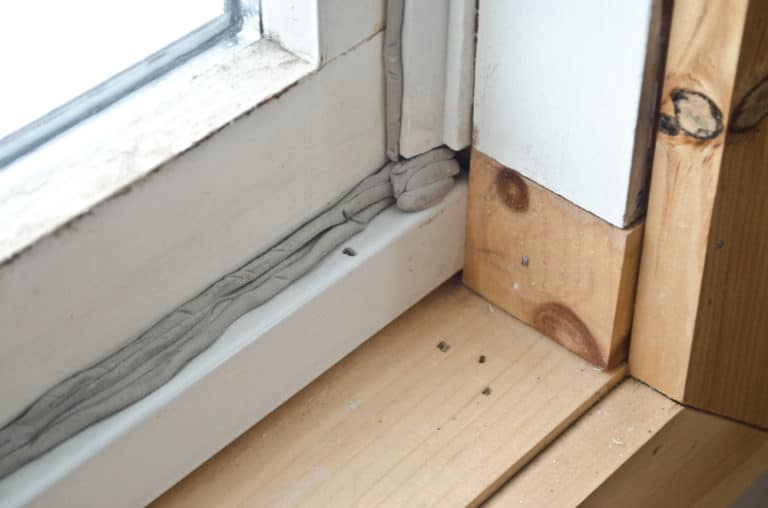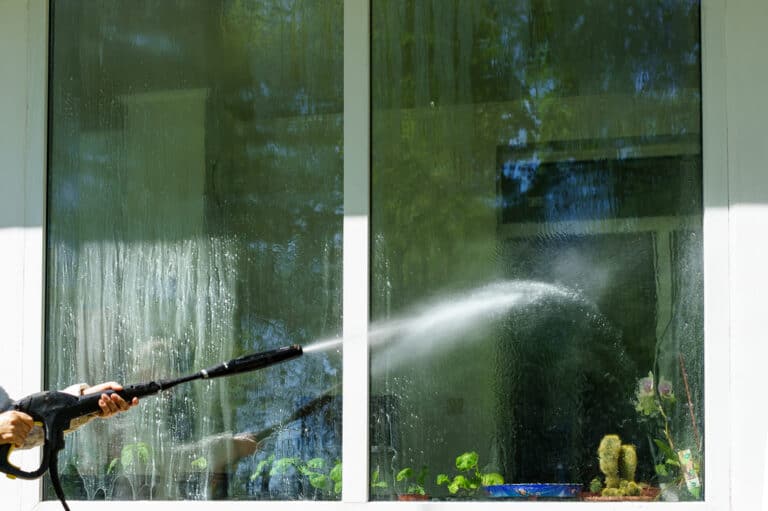In many homes, one of the primary issues is condensation that forms on the windows. Consequently, moisture buildup usually leads to the development of mold and rot. Plus, most modern houses have a problem with damp walls caused by condensation and inadequate house maintenance.
It can damage your clothes and furniture, as well as trigger health issues like asthma. So, there are a few tips to prevent condensation that will help you keep your home healthy, dry, and secure. They include reducing the humidity, improving ventilation, and controlling heating in the house.
How to Prevent Condensation on Windows
The prevention of condensation on windows will depend on the level of humidity, the quality of your vent system, and the condition of windows. Your goal is to balance the airflow in your home, which will reduce moisture and keep your home condensation-free.
Reduce the Humidity Inside
1. Purchase a hygrometer
If you have an issue with condensation, you should buy a hygrometer, which measures the level of humidity in the air. It will help you to react as soon as condensation on windows occurs.
Also, using this small device will show you whether the methods you have taken against condensation work. Keep in mind that:
- The level of moisture should be from 15 to 25% when the outside temperature is below 0 F (-17.8 C)
- The level of moisture should be from 25 to 40% when the outside temperature is from 0 and 40 F (-17.8 – + 4.5 C)
2. Use exhaust window fans and vents
By using a high-quality exhaust window fan, you can quickly get rid of humidity and vent it outside. It is an excellent solution to install them in your bathroom and kitchen.
In the bathroom, you should run the device while taking a shower and at least 20 to 30 minutes after finishing it.
In the kitchen, you will need both stove and window fans. Always run them while preparing the meal and 15 to 20 minutes after finishing with cooking.
3. Keep the doors closed while cooking and taking a bath
If you have a window or installed window fans in the kitchen and bathroom, you don’t need to keep the doors open while cooking and taking a bath. If they are closed, you will prevent steam and moisture from entering the rest of the house and avoid accumulating condensation inside colder rooms.
4. Use bath mats
Choose adequate bath mats for your bathroom to avoid collecting water drops on the floor while taking a shower. They will soak up excess moisture and reduce overall condensation.
5. Use lids while cooking
Regular using the lids while boiling or steaming food will keep water inside the pot. When you need to open it, remove the cover in front of an open window or exhaust window fan.
If you don’t have the window in the kitchen, you should install an extractor hood above the cooker, which will reduce humidity while cooking. Always let these devices run at least 15 minutes after preparing your meal to remove all the humid air.
6. Keep your plants outside
I believe that you love indoor plants, but they produce moisture. Therefore, you should keep them in a sunny, dry room or take them outside if you have an issue with condensation.
7. Cover aquariums and fish tanks
Since both aquariums and fish tanks produce a significant level of moisture, always cover them to prevent condensation on windows.
8. Keep furniture away from external walls
Always try to keep furniture at least 2 inches (5 cm) away from the external walls so that air can circulate freely. Also, take care to place wardrobes against internal walls since they are less cold and won’t cause problems with damp and mold.
9. Avoid overfilling your wardrobes
A bunch of clothes in the closets and unnecessary things in the kitchen cabinets will prevent airflow and keep your home moisture. Consequently, you will have problems with mold and condensation on windows. Plus, you will notice a moisty smell of your clothes.
10. Dry clothes outside
Never let wet clothes dry inside the house. Use a dryer or take them outside on the sun. If it is impossible, keep clothes in a bathroom until they dry entirely, but take care that the window is opened and the door is closed.
11. Check if your washing machine is vented properly
Keep in mind that approximately 67.5 ounces (2 liters) of water goes into the air each time you wash the laundry. Therefore, always take care that your washing machine and dryer are vented correctly.
12. Turn off humidifiers
The purpose of humidifiers is to increase humidity in the air. Consequently, they can speed up the occurrence of condensation on windows. To prevent this problem, you should turn off existing devices and avoid buying the new ones.
13. Use a dehumidifier
If you have any issues with condensation on windows, you should purchase dehumidifiers to remove excess moisture from the air. It’s up to you if you choose to use a portable dehumidifier or install the fixed one in the entire house.
Manage the Temperature in the House
14. Keep the temperature in the house constant
Managing the inside temperature will help you control the condensation on windows in your home. The point is that condensation can’t form if there are no cold surfaces.
So, you can lower the level of moisture if you manage temperature correctly and take care that the walls and windows in your house stay warm. For example, once the humidity raises over 50%, you should increase the temperature inside your home.
15. Ensure excellent heating
After installing proper heating, you will improve the temperature and reduce condensation on windows in your home. Also, if you insulate your walls adequately and install double glazed windows, you will make your house energy-efficient and reduce the excessive moisture.
16. Avoid heating with portable gas and paraffin
The heaters, such as paraffin ones and portable gas bottles, will increase the level of humidity while working. That will cause condensation on windows, but that is not the only problem. These heaters produce toxic fumes and can jeopardize your health, as well.
17. Check the windows sealants
Damaged sealants will make the windows leak. After heavy raining and snowing, you can expect to see water seeping into your house. After entering the room, that water will increase the level of humidity, and you will get a problem with condensation on windows.
18. Install weather stripping or use window insulation kit
Both weather stripping and window insulation kit can prevent cold air from coming inside your home and cooling walls and windows. They will stop condensation and lower your energy bills.
19. Wipe cold surfaces regularly
If you haven’t installed an extractor window fan in the kitchen and bathroom, you should remove water drops from all cold surfaces after cooking and taking a shower. Nowadays, you have the opportunity to purchase a window cleaning robot, which will keep your windows dry. That way, you will prevent both condensation and mold.
20. Install storm windows
Storm windows are an excellent way to prevent condensation by reducing the cooling of existing windows. Another option is to replace your single-pane windows and install these with contemporary double or even triple glazing.
Improve Ventilation in the House
21. Keep doors and windows open
Keeping doors and windows on the opposite sides of the room open whenever possible will improve ventilation and air circulation in your home. It is an inexpensive and quick way to decrease the level of moisture and bring some fresh air inside the house.
22. Use ceiling fans
Ceiling fans will speed up air circulating in the house and consequently reduce moisture. Keep in mind that this fan should rotate in a clockwise direction in winter and a counterclockwise direction during the summer.
23. Open the curtains
Opening curtains and drapes will allow the best air circulation in your room and reduce condensation on windows successfully. You can also take advantage of the sunny day and open the window, as well.
24. Seal leaky ducts
Believe it or not, you will lose approximately 20% of the airflow through the duct system if there are holes in it, or the connections between its components are inadequate.
After you seal the openings and fix the leaky ducts, you will decrease your heating bills, increase circulation, and prevent condensation on windows.
25. Unblock the vents
Take care not to place furniture in front of the vents, which bring fresh air inside. Otherwise, you will prevent airflow and decrease the circulation in your home.
26. Clean or change the filters
Any dust accumulating in your vents will prevent proper air circulation. Therefore, you should clean or even replace that dirt at least once a month to improve airflow in the room.
Summary
Condensation on windows is not only an aesthetic problem. In the long run, excess moisture will damage the frames of your windows and the surrounding walls. Plus, you will face an issue with unpleasant rot and mold.
Maintain your home regularly and do your best to keep the humidity level at an acceptable level.


